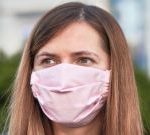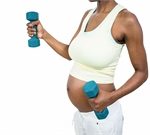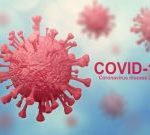
Back off, Mom and Dad: Teens who feel their parents are overly controlling may have more difficulty with romantic relationships as adults, a new study suggests. The study, which followed 184 teens, found that those with domineering parents had a future that was different from their peers: On average, they did not go as far in their education, and they were less likely to be in a romantic relationship by age 32. The researchers said the study cannot prove cause and effect. But it does add to evidence that “helicopter” parenting may end up doing kids more harm than good. “Most parents have the best intentions,” said lead author Emily Loeb, a postdoctoral researcher at the University of Virginia in Charlottesville. And certainly, she added, “setting rules and structure for kids is a good thing.” The problem seems to come when parents try to dictate what their children do, not only through rules, but also manipulation. Loeb said they may attempt to “control through guilt,” for example by giving the silent treatment until their child does what they want. And there are reasons to believe that could affect children’s relationships later in life, according to Loeb. Research shows that kids with controlling parents can have difficulty developing autonomy — the ability to think for themselves and act independently. And young people with a healthy sense… read on >
























-300x200.jpg)













